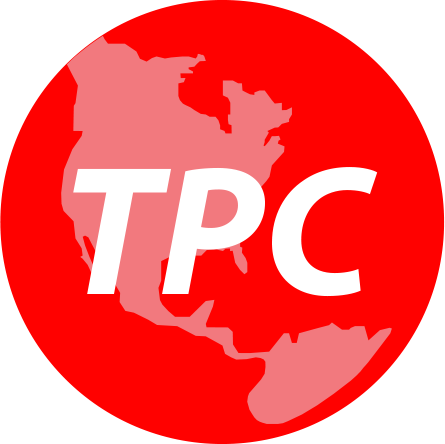By implementing effective Category Management controls, shopper trends can be identified early.

The client aims to create a category management structure for his stores to operate his business more effectively and efficiently. He emphasizes that category management is a disciplined process that organizes all product items into a practical and manageable framework. This is designed to enhance customer satisfaction and ensure sustainable traffic, revenue, and profits for the store.
About category management
The category management process fits all types of stores, such as general grocery, retail, hardware stores, fashion stores, electronics, spare parts sales, etc. All the thousands of product items for sale in a retail store require designing and developing a manageable structure. Otherwise, it would be impossible to manage store sales. The category management process is the “magic” process and methodology enabling retail stores to manage their large product portfolio effectively; at the same time, they can firmly create sustainable, long-term profitable growth for their business. The process entails management, marketing methods, and tools to execute effective category management practices. For example, new product introductions, effective pricing, advertising, and in-store promotions are an engraved part of category management.
The best-in-class retailers operate under a disciplined category management process to systematically drive sustainable traffic, revenue, profits, and consumer satisfaction. Moreover, they have invested intensely in information technology to be more effective and efficient in operating their retail business.
It is most challenging to design and develop a category management process for the first time, and then building a particular category becomes increasingly routine. The importance of implementing category management is, therefore, more than ever, crucial for those companies that do not exploit the category management process to its best.
Retailers that started category management at early stages use effective information technology to develop continual planning schemes automatically. This drives traffic, revenue, profit, and consumer satisfaction for their stores.
The master plan
Category management definition: Group distinct product items and services into categories founded on the consumer shopping mission to drive sustainable category sales by developing effective category marketing schemes to maximize consumer satisfaction and store traffic, revenue, and profit. Furthermore, to effectively manage the value chain cost, quality, and product availability in collaboration with retail business partners.
- Category architecture, role, and visual display
- Category assessment and sales activation
- Design and develop a look of success
- Category business planning
- Partnership with suppliers & procurement management
- Key performance indicators and continuous improvement
Category management is not a “project” with a firm end. Category management must be introduced and managed as a continuous ongoing process and an innovative technique to sustain sales growth at the lowest cost possible.
Results
Category management success can generally be observed almost immediately, and one can especially see how consumer satisfaction increases. Companies that begin introducing category management as part of their business processes will uncover the truth through more holistic perspectives about what product categories are the most important to drive sustainable traffic, revenues, and profit for a store.
